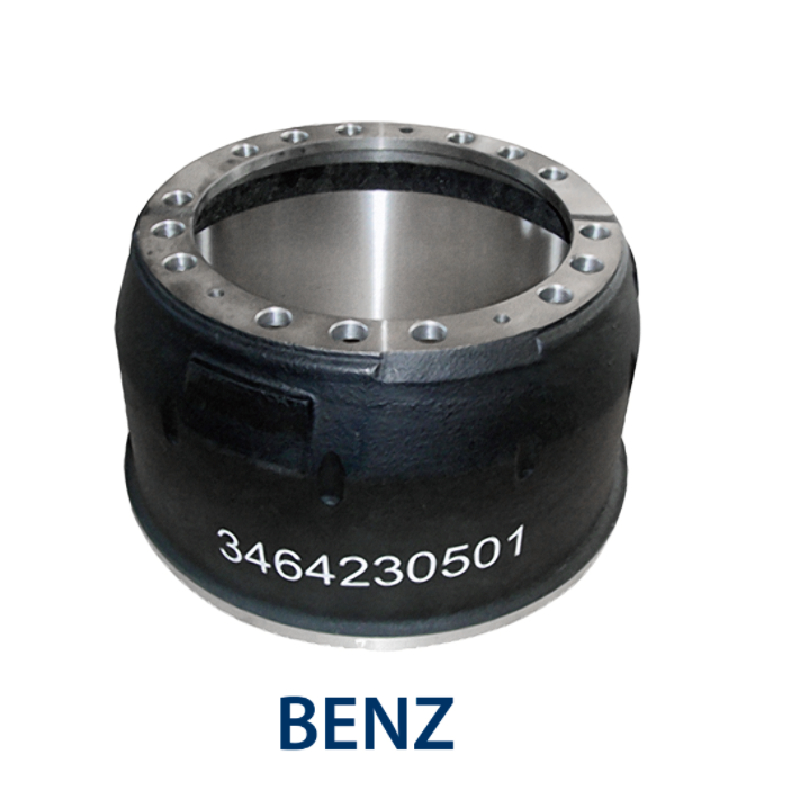Nov . 09, 2024 16:16 Back to list
Understanding the Importance of Bleeding Brake Drums for Optimal Vehicle Safety and Performance
Understanding Bleeding Brake Drums for Optimal Vehicle Performance
Maintaining a vehicle is crucial for ensuring safety and performance on the road. One critical aspect of vehicle maintenance that often goes overlooked is the braking system, particularly the brake drums. Understanding how to effectively bleed brake drums can significantly enhance the vehicle's braking efficiency, leading to a safer driving experience.
What Are Brake Drums?
Brake drums are components of a drum braking system, which is a type of braking mechanism that utilizes friction to slow down or stop a vehicle. Unlike disc brakes that use a rotor and caliper, drum brakes consist of a cylindrical drum that rotates with the wheel and brake shoes that expand outward against the inside of the drum when the brake pedal is pressed. This creates the necessary friction to slow down the vehicle.
Why Is Bleeding Necessary?
Bleeding brake drums involves removing air bubbles from the brake line system. Air in the brake lines can lead to a spongy or unresponsive brake pedal, compromising the vehicle’s braking performance. This issue often arises during the replacement of brake components or when brake fluid is changed. To ensure maximum braking efficiency, it’s important to bleed the brake system regularly, especially after any maintenance work that involves opening the hydraulic system.
The Bleeding Process
1. Gather Necessary Tools You'll need a brake bleeder kit, a wrench, some clean brake fluid, and a container to catch the fluid. Always use the type of brake fluid specified in your vehicle's manual.
2. Prepare the Vehicle Begin by parking the vehicle on a level surface and securing it with wheel chocks. Then, remove the wheels to access the brake drum.
3. Locate the Bleeder Valve The bleeder valve is typically located at the top of the brake drum assembly. Each drum should have its own bleeder valve, so always check both sides of the axle.
bleeding brake drums

4. Attach the Bleeder Kit Connect one end of the hose from the bleeder kit to the valve and place the other end of the hose into a container to catch the expelled brake fluid.
5. Pump the Brake Pedal With the bleeder valve closed, have someone pump the brake pedal several times and then hold it down. This action builds pressure in the brake line.
6. Open the Bleeder Valve While the brake pedal is held down, carefully open the bleeder valve. You should see brake fluid and any trapped air exiting through the hose. Close the valve before the pedal is released to avoid sucking air back into the system.
7. Repeat the Process Continue this process until you see a steady stream of clear brake fluid without bubbles. Repeat the process for all brake drums and ensure that the brake fluid reservoir is filled to the proper level throughout.
8. Test the Brakes After bleeding, it’s crucial to test the brake pedal. It should feel firm and responsive. If there are still issues, you may need to bleed again or check for leaks.
Safety Precautions
Always wear protective eyewear and gloves when working with brake fluid, as it is corrosive and can damage paintwork. Ensure you dispose of the old brake fluid properly, following local regulations to protect the environment.
Conclusion
Bleeding brake drums is an essential maintenance task that can significantly affect your vehicle's performance and safety. By regularly checking and bleeding your brake system, you not only extend the life of your braking components but also guarantee that your vehicle stops effectively when needed. Regular maintenance can be the difference between a safe driving experience and a dangerous situation on the road. Always consult your vehicle’s manual for specific instructions and consider seeking professional help if you’re unsure about the bleeding process.
-
Durable Brake Drum MAZ for Heavy Duty Trucks | High Performance
NewsAug.26,2025
-
FUWA: Premium Quality, Reliable Performance & Innovative Solutions
NewsAug.25,2025
-
Liza Brake Drum: Superior Quality & Performance for Safe Driving
NewsAug.24,2025
-
Iveco Brake Drum | Premium OE Quality for Daily & Eurocargo
NewsAug.22,2025
-
Your Brake Drum Man: Quality & Performance Parts
NewsAug.21,2025
-
Explore Japan: Ultimate Travel Guide & Authentic Experiences
NewsAug.19,2025
